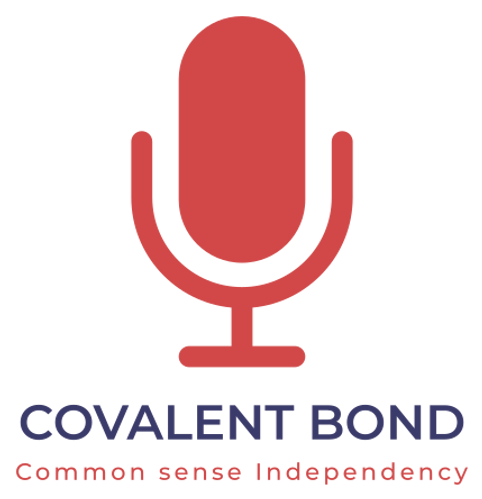Israel and Iran Announce Ceasefire Brokered by Trump: The Situation Remains Fragile
6/24/25
By:
Michael K.
Strikes on U.S. bases and mutual accusations threaten to derail the agreement

On June 24, 2025, U.S. President Donald Trump announced via his Truth Social account that a “full and complete” ceasefire agreement had been reached between Israel and Iran. According to Trump’s statement, the ceasefire was set to take effect within several hours, beginning with an initial 12-hour phase, with the ultimate goal of ending the 12-day armed conflict (Reuters).
Israel officially confirmed its acceptance of the U.S. proposal. Prime Minister Benjamin Netanyahu stated that the Israeli government supported Trump’s initiative and was prepared to implement the agreement (Reuters). A similar announcement was broadcast by Iranian state television.
Conflict Retrospective
The escalation between Israel and Iran began on June 13, 2025, following the breakdown of negotiations on Tehran’s nuclear program. After a series of warnings from the United States, Israel launched a series of missile strikes on June 13, targeting Iran’s nuclear infrastructure. Iran responded with a massive missile barrage—both cruise and ballistic missiles—against Israel. Mutual strikes continued until U.S. forces intervened on June 22 with Operation Midnight Hammer, delivering massive airstrikes on key Iranian nuclear facilities, including Fordow and Natanz. The author previously covered this phase of the escalation on Covalent Bond.
At that point, the situation was on the verge of escalating into a large-scale conflict involving the allies of both sides. It was at this critical juncture that diplomatic channels were activated.
The Role of Mediators
Qatar played a key role in securing the ceasefire. According to Reuters, it was the Qatari Prime Minister who, after a personal phone call with the U.S. President and several Arab leaders, succeeded in persuading Iran’s leadership to agree to the ceasefire.
The ceasefire agreement involves a two-stage process: an initial halt to hostilities by Iran, followed by Israel, with a 12-hour stabilization period and the potential for extension. Signals from Washington, indicating a willingness to restrain further Israeli airstrikes provided Tehran refrains from new attacks, were critical to launching this diplomatic initiative.
The U.S., through Trump and the State Department, played a central role in the negotiations, engaging directly with Israeli leadership. Qatar, maintaining established communication channels with Tehran, assumed the task of securing Iran’s consent.
Challenges and Risks
In the first hours following the official ceasefire announcement, both sides exchanged accusations of violating the agreement (Reuters). According to American sources, there was localized artillery activity and drone usage. Iranian rockets struck Israeli territory—sirens were activated in the north, with four fatalities reported in Be’er Sheva (DW). In addition, Iranian rockets targeted U.S. military bases in Kuwait and the UAE (The Guardian). In retaliation, Israel launched “intensive strikes” on Tehran, following an order from the Defense Minister. Iranian media (ISNA) has since denied these accusations (AlJazeera).
In a new post on Truth Social, Donald Trump expressed disappointment with both sides and warned Israel against launching further airstrikes: “Don’t drop bombs.” Such public statements underscore the continuing high level of tension.
Russian Foreign Minister Sergey Lavrov stressed the extreme fragility of the agreement, stating that “it is impossible to predict how long it will last,” given the current level of mutual distrust between the parties (Reuters).
Experts note that beyond the immediate risks of ceasefire collapse, structural factors of the conflict persist: the nuclear issue, Tehran’s regional ambitions, and domestic political dynamics in Israel. All of these elements could once again lead to renewed escalation.
Latest news



